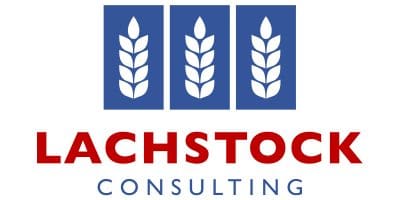Markets firmed, all wheat futures gaining more than 1pc. Brent crude prices eased 3pc.
- Chicago wheat May contract up US16.5cents per bushel to 1102.25c/bu;
- Kansas wheat May contract up 15.75c/bu to 1110.75c/bu;

- Minneapolis wheat May up 21.5c/bu to 1104.25c/bu;
- MATIF wheat May contract up €4.75/t to €381.25/t;
- Black Sea wheat July contract up $3.50/t to $354.50/t;
- Corn May contract up 5.75c/bu to 754c/bu;
- Soybeans May contract up 9.5c/bu to 1710.25c/bu;
- Winnipeg canola November 2022 contract up C$7.40 /t to $961.10/t;
- MATIF rapeseed November 2022 contract up €2.50/t to €753.75/t;
- ASX July 2022 wheat contract unchanged at $410/t;
- ASX Jan 2023 wheat contract up $5/t to $405/t;
- Brent crude oil down 3pc;
- AUD dollar unchanged at US$0.751.
International
Ahead of this week’s USDA planting intentions report significant debate over the impact of higher input costs on planted area gains greater importance, this year, when considered alongside anticipated cuts to Ukrainian spring plantings.
US weather forecasts turned a little drier during Friday’s session, sparking some buying across all three exchanges. The 30-day outlook carries higher temps, particularly across the HRW wheat belt.
Michigan corn growers want Congress to increase ethanol content in gasoline from 10pc to 15pc to fight the current impact of higher crude prices.
US, Germany and Poland all have sent diesel to Ukraine.
Australia
Local wheat markets relaxed slightly into the weekend, selling liquidity remained light and consumers noted the lack of offers.
Consumers have reasonable open positions from June to November. Their level of comfort regarding coverage is building.
NSW early forage and long season grazing crops are looking for another shower of rain to link planting and subsoil moisture profiles.
Fluctuation in planting intentions is certainly amplified this year. On one hand there are record prices and traditionally good moisture profiles whilst on the other there are extreme input costs and escalated risk. In general growers are leaning towards lower input crops such as cereals. Some are willing chase high-value, high-input crops and their choices will evolve over coming weeks.

HAVE YOUR SAY